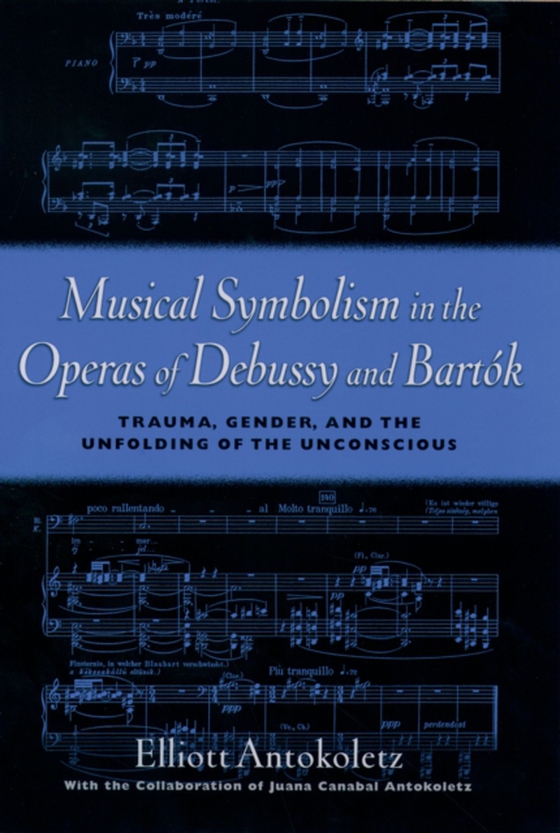
Musical Symbolism in the Operas of Debussy and Bartok e-bog
295,53 DKK
(inkl. moms 369,41 DKK)
Musical Symbolism in the Operas of Debussy and Bartk explores the means by which two early 20th century operas - Debussy's Pellas et Mlisande (1902) and Bartk's Duke Bluebeard's Castle (1911) - transformed the harmonic structures of the traditional major/minor scale system into a new musical language. It also looks at how this language reflects the psychodramatic symbolism of the Franco-Belgian...
E-bog
295,53 DKK
Forlag
Oxford University Press
Udgivet
22 juli 2004
Genrer
AVGC6
Sprog
English
Format
epub
Beskyttelse
LCP
ISBN
9780190282943
Musical Symbolism in the Operas of Debussy and Bartk explores the means by which two early 20th century operas - Debussy's Pellas et Mlisande (1902) and Bartk's Duke Bluebeard's Castle (1911) - transformed the harmonic structures of the traditional major/minor scale system into a new musical language. It also looks at how this language reflects the psychodramatic symbolism of the Franco-Belgian poet, Maurice Maeterlinck, and his Hungarian disciple, Bla Balzs. These two operas represent the first significant attempts to establish more profound correspondences between the symbolist dramatic conception and the new musical language. Duke Bluebeard's Castle is based almost exclusively on interactions between pentatonic/diatonic folk modalities and their more abstract symmetrical transformations (including whole-tone, octatonic, and other pitch constructions derived from the system of the interval cycles). The opposition of these two harmonic extremes serve as the basis for dramatic polarity between the characters as real-life beings and as instruments of fate. The book also explores the new musico-dramatic relations within their larger historical, social psychological, philosophical, and aesthetic contexts.
 Dansk
Dansk

